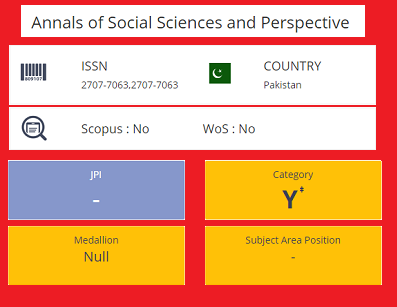Students of Higher Education Institutions (HEIs) and Information and Communication Technologies (ICTs): Viability of Digital Media Literacy in Pakistan
DOI:
https://doi.org/10.52700/assap.v3i1.63Keywords:
Information communication technologies (ICTs), Higher education Institutions (HEIs), Actor network theory (ANT), Students, PakistanAbstract
Information and Communication Technologies (ICTs) have changed the dynamics of higher education institutions (HEIs) worldwide. The dependency of students on ICTs increased significantly and it considered requisite for modern higher education. Adverse impacts of ICTs studied by scholars on students of higher education that reflect ICTs are influencing social interaction pattern, cognition, academics and bring addiction. However, little work is done in HEIs to create curricula of digital media literacy which may reflect the demography of students and direct training and utility of ICTs that may mitigate adverse effect. This article argues that how students of HEIs use ICTs and what are the plausible actors that can contribute in the digital media literacy in Pakistan. For this purpose, a structured questionnaire is designed to collect the data from 640 respondents of two major public sector universities of Pakistan i.e. University of Sargodha and Bahauddin Zakariya University Multan through online survey on google form by distributing it to various online WhatsApp groups by convenience sampling technique. Actor Network Theory (ANT) is the conceptual framework of this study. The findings of the study reveal that significant respondents spent their large amount of time on ICTs for pleasure instead of necessity drive. However, findings reflect that ICTs are using by youth for various purposes that are education, political and religious information, and entertainment. Moreover, the significant respondents use ICTs for connect themselves with Internet, gaming consoles, movies, audio/video players and sharing of documents. The gender is also significant factor that contributes in the utility of ICTs. This article argues on digital media curriculum development in the universities of Pakistan..
Published
Issue
Section
Copyright (c) 2022 ANNALS OF SOCIAL SCIENCES AND PERSPECTIVE

This work is licensed under a Creative Commons Attribution-NonCommercial 4.0 International License.









